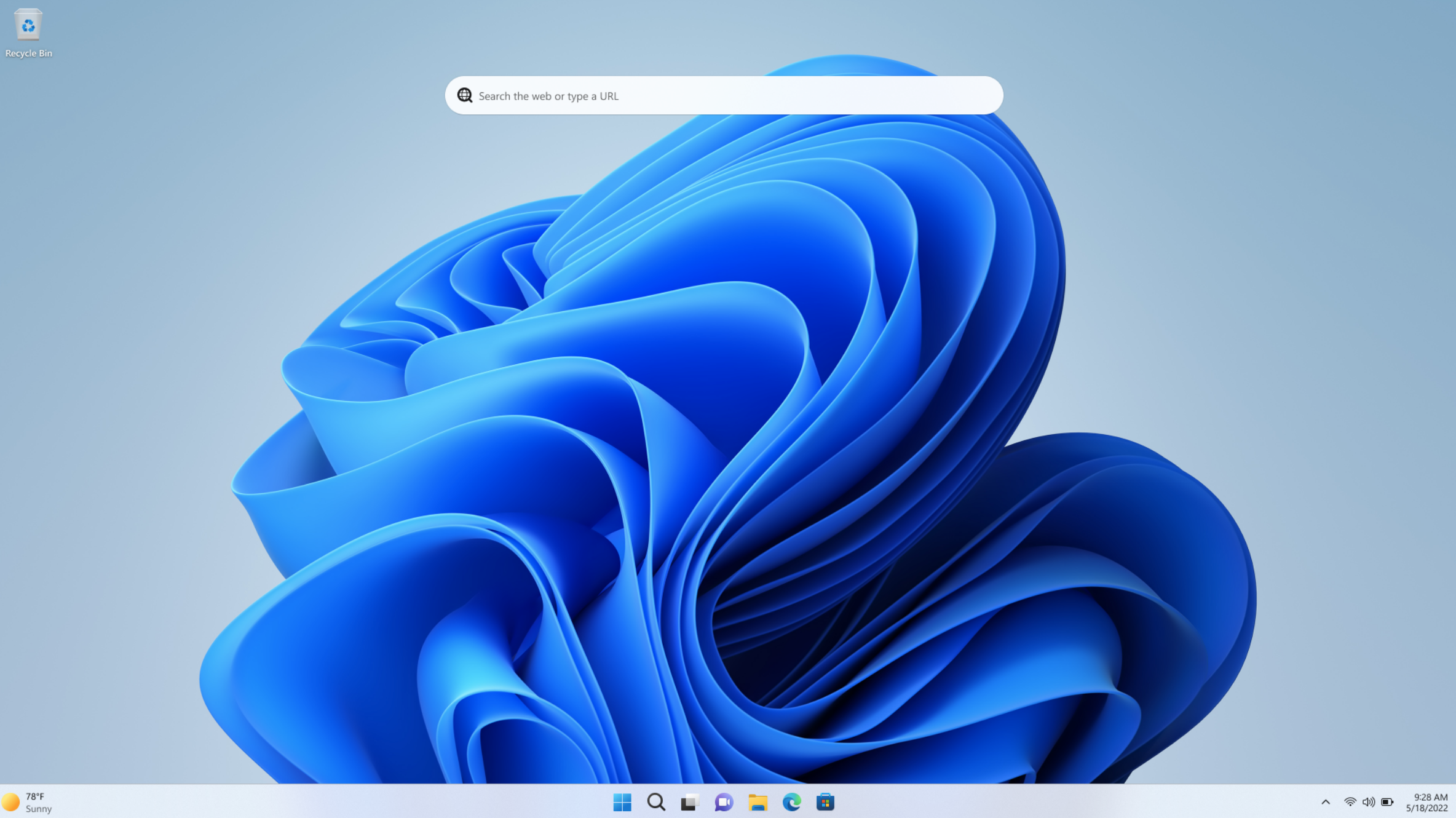
 Image: mundissima / Shutterstock
Image: mundissima / Shutterstock
Microsoft’s big annual Windows 11 update has ended up being a massive headache for numerous users, with new problems constantly cropping up and getting in the way of otherwise useful changes and features.
Not only have we seen blue screen crashes related to gaming and Intel drivers and disappearing mouse cursors, but the major Windows 11 24H2 update apparently also creates an enormous cache folder during installation that can’t be deleted. How enormous are we talking? An impressive 8.63GB in size, a sizable chunk of all but the largest of drives.
Get Windows 11 Pro for cheap
Windows 11 Pro
 Price When Reviewed:199.99Best Prices Today:$59 at PCWorld Store – Win 11 Pro Upgrade Only | $79.99 at PCWorld Software Store
Price When Reviewed:199.99Best Prices Today:$59 at PCWorld Store – Win 11 Pro Upgrade Only | $79.99 at PCWorld Software Store
To be clear, the existence of the cache isn’t an issue. Windows always creates a cache when installing Windows updates, which is meant to be a temporary holding place for installation files. What isn’t normal is that the cache can’t be removed after the update is applied.
According to Windows Latest, attempts to delete the cache via the Control Panel are unsuccessful. Although you can select the cache for deletion and initiate the deletion process, the cache remains. Various other methods to remove the Windows update cache failed, too. It only cleared after a clean Windows installation altogether.
Microsoft is aware of the bug, with confirmation from several users in the Feedback Hub:
“Same problem here. Tried the cleanup several times, even tried SFC Scannow but did nothing. I presume is a bug that will get fixed.”
“Same issue. It’s leaving 8.63 GB of stuff behind.”
“I used Disk Cleanup to delete Windows Update Cleanup files as they take up almost 9GB of space. Even after using Disk Cleanup Utility, it still shows that they haven’t been cleaned.”
Microsoft is preparing a patch to solve the problem, which should be rolled out as part of an upcoming update. Until then, you should leave the Windows Update cache untouched. It really isn’t worth the hassle of reinstalling Windows just to clear those files.
Further reading: How to undo a problematic Windows update
This article originally appeared on our sister publication PC-WELT and was translated and localized from German.


